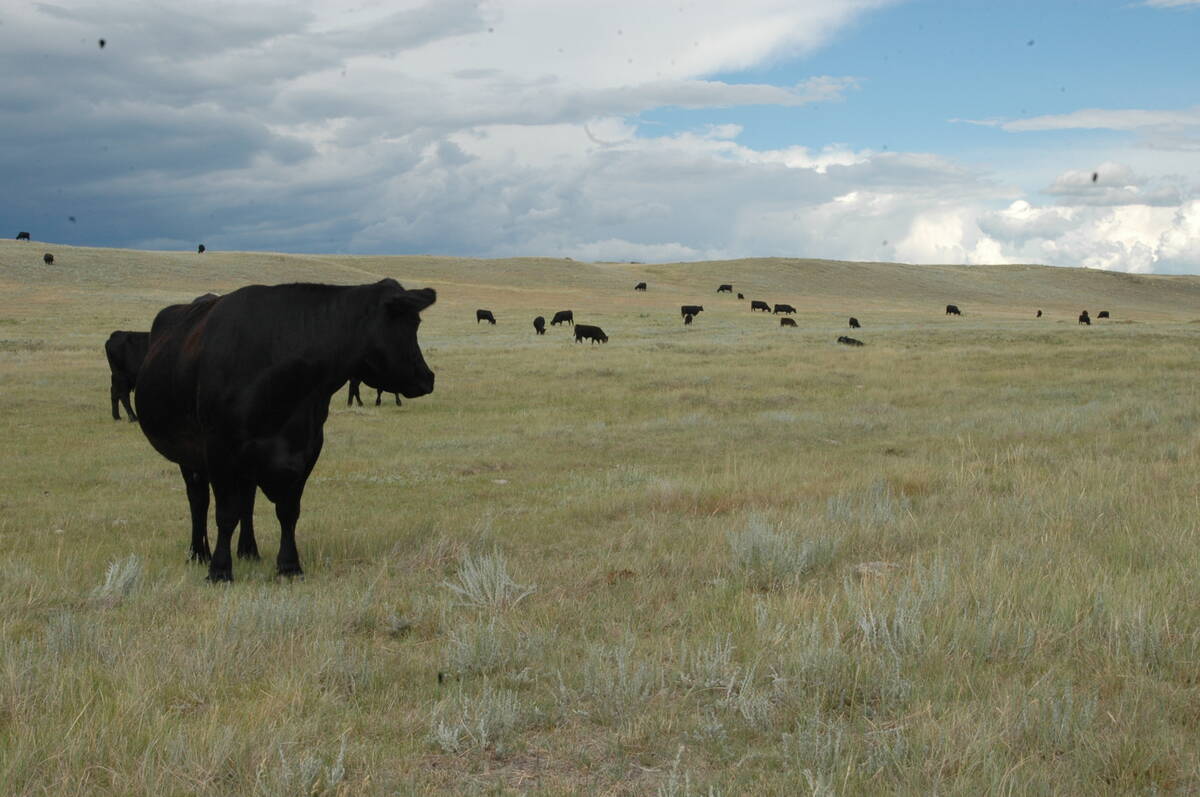Before making the switch to organic production, farmers should load up on phosphorus, says University of Manitoba plant science professor Martin Entz.
Of all the macronutrients required for crop production, nitrogen is the easiest to manage by including nitrogen-fixing legumes in the rotations.
Phosphorus, on the other hand, is a critical limiting factor for yields. It is the first soil nutrient to run low unless it is regularly amended.
“While we can balance off the nitrogen budget with legumes, the other three macronutrients become a problem,” he told a workshop held at the university’s research centre in Carman, Man.
Read Also

Saskatchewan Cattle Association struggles with lower marketings
This year’s change in the provincial checkoff has allowed the Saskatchewan Cattle Association to breathe a little easier when it comes to finances.
“I really don’t think you want to start a transition (to organic) with low phosphorus in your soils. Over time, depending on the rotation, the phosphorus levels will decline.”
Entz noted that some organic dairies in Ontario are facing phosphorus depletion in their soils after two decades in operation, even with the best efforts aimed at reusing nutrients.
“They are showing phosphorus deficiencies if they are just cycling everything within the farm. They have to import nutrients.”
While conventional fields tend to show healthy levels of soluble, plant-available phosphorus, studies at the university’s research centre in Glenlea, Man., found that after 10 years of organic production, phosphorus levels have become “quite low.”
Fields testing below 20 pounds per acre of phosphorus are deficient, he said, adding that it is not uncommon to find organic fields at 10 lb.
If alfalfa is grown and hayed for three years out of a typical six-year rotation, the loss of nutrients in the form of exported forage is significant, twice as much as cropping wheat. Grazing cattle also leads to depletion, but at a much lower rate.
Entz outlined how to get that phosphorus back. One method is mulching the alfalfa with a rotary mower, which returns plant material and nutrients in the crop’s four-metre-long roots back to the field.
Custom bale grazing, or bringing hay to fields and grazing cattle on it during the winter months, is a great way to bring nutrients to the farm, he said.
“That’s probably one of the cheapest sources of phosphorus and certainly a very cheap form of potassium for most fields.”
Manure, the old standby, is the best alternative for restoring nutrients, especially if it is imported from areas burdened with excessive nutrients.
Rock phosphorus, allowed under organic rules, takes a long time to become available to plants, and could be a waste of money, said Entz.
The new provincial manure management regulations restrict phosphorus levels exceeding 120 parts per million. The problem is that most manure spreading equipment cannot apply it lightly enough.
Typically, an application would put 10 to 15 tonnes per acre on the land, when the optimal amount for restoring phosphorus would be one tonne per acre.
Testing manure is important for accuracy, he added. Composted manure from a straw-based hog finishing operation, for example, has about 30 lb. of phosphorus per tonne.
“You don’t want to set the manure rates to replace the nitrogen. You can grow the nitrogen with the legumes. You want to apply the manure to replace or build up the phosphorus,” he said, adding that if the manure application is plainly visible, it’s probably too high.
“But how do you spread the manure thinly enough over a 1,000 acre farm?”
Entz showed photos of a shop-built manure spreader from Quebec that is designed to sprinkle composted manure at extremely low rates.
“These farmers understood that the only reason to bring manure onto the farm was to replace the phosphorus.”














